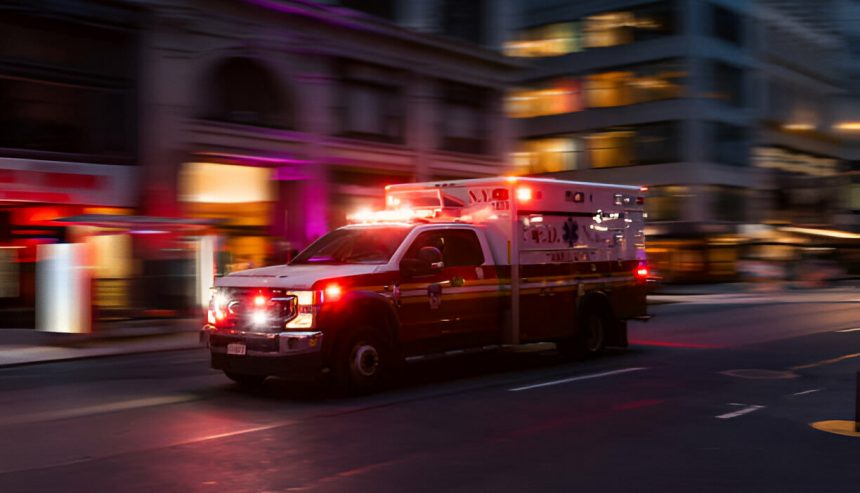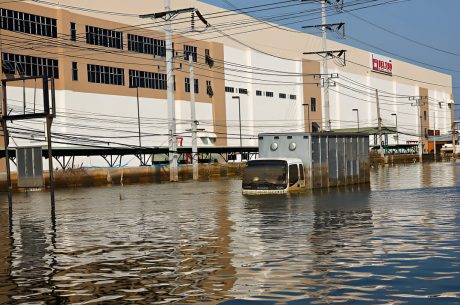Table of Contents
Emergencies such as accidents, violent crimes, and other traumatic events often catch us unprepared. In these moments of crisis, first responders—police, firefighters, and paramedics—play a vital role in stabilizing the situation, whether it’s saving lives, securing the scene, or addressing immediate threats.
But what happens when they leave? For families, property owners, and communities in Sarasota, Manatee, and Pinellas counties, this is where the next, often unspoken, phase of recovery begins: Trauma Scene Remediation as part of the biohazard cleanup process.
Biohazard remediation is not just about cleaning up a space—it’s about restoring safety, dignity, and hope. This essential service bridges the gap between immediate response and long-term recovery, ensuring that affected spaces are safe, clean, and ready to support healing.
This article delves into the vital role biohazard cleanup plays in trauma recovery and why it is such a critical service for Southwest Florida residents.
The Reality Left Behind: Why Trauma Scene Remediation is Essential
After first responders leave, the emotional weight of the scene remains—but so does the physical aftermath. Blood, bodily fluids, and other biological materials left at the site of an emergency pose serious risks to anyone who enters. These risks extend far beyond the visible stains; they include unseen pathogens and potential exposure to life-threatening diseases such as:
- Hepatitis B and C
- HIV
- MRSA and other bacterial infections
Attempting to clean such a site without the proper expertise can not only result in incomplete decontamination but can also expose individuals to these dangerous biohazards. Furthermore, mishandling biohazardous materials can lead to contamination of adjacent areas, exacerbating the problem.
In Florida, where high humidity accelerates the decomposition of biological matter, the situation becomes even more urgent. Without professional intervention, biohazardous materials can seep into porous surfaces like carpets, drywall, and flooring, making proper cleanup exponentially more challenging over time.
Read this article to learn more if biohazard cleanup is covered by insurance
What Is Biohazard Cleanup?
Biohazard cleanup, also known as trauma scene remediation, involves the removal, cleaning, and decontamination of areas exposed to hazardous materials such as blood, bodily fluids, or other biological contaminants. These materials are not only emotionally triggering but can also pose serious health risks if improperly handled.
During trauma scene remediation, trained professionals follow a detailed, step-by-step process to ensure the complete removal of biological hazards and the thorough sanitization of affected areas. It’s a job that combines science, safety protocols, and compassion.
Key Scenarios Requiring Biohazard Cleanup
- Crime Scenes: Incidents involving homicides, assaults, or violent acts often leave behind biological hazards that require immediate attention.
- Unattended Deaths: Decomposition after an unattended death poses significant health and odor challenges.
- Accidents at Homes or Workplaces: Slips, falls, or injuries can result in blood spills that necessitate professional cleaning.
- Suicide Scenes: A deeply emotional event that requires sensitivity as well as expertise in cleaning and decontamination.
- Industrial or Commercial Incidents: Spills involving hazardous materials or accidents in high-traffic areas.
Each of these situations demands a tailored approach that balances technical expertise with a deep respect for the emotional toll on those affected.
The Biohazard Cleanup Process
1. Site Assessment
Every biohazard cleanup begins with a thorough assessment of the affected area. This includes identifying visible contamination and tracing potential hidden hazards. Cleanup specialists evaluate the extent of damage, recommend a remediation plan, and ensure the safety of everyone involved.
2. Containment
To prevent the spread of contaminants, the cleanup team establishes containment zones using specialized barriers and equipment. This step is particularly critical in Southwest Florida’s humid climate, where biohazards can easily spread to adjacent areas.
3. Removal of Hazardous Materials
All biohazardous materials—including blood-soaked carpets, porous furniture, and contaminated personal items—are carefully removed and disposed of in compliance with Florida’s strict waste disposal laws.
4. Decontamination and Sanitization
This step involves deep cleaning using hospital-grade disinfectants and advanced equipment like HEPA filtration systems. Every surface is meticulously scrubbed and sanitized to ensure all traces of biohazards are eliminated.
5. Odor Neutralization
Lingering odors can act as painful reminders of the event. Professional cleanup teams use advanced odor-neutralizing techniques, such as ozone generators and hydroxyl machines, to restore the space to its original condition.
6. Final Clearance and Restoration
Once decontamination is complete, the area is tested to ensure it meets safety standards. Documentation is provided to property owners, confirming the area is free from biohazards and safe for re-entry.
The Human Side of Trauma Scene Remediation
For families and property owners, biohazard cleanup is far more than a technical process—it’s an emotional journey. Trauma doesn’t end when the first responders leave; the visible reminders of a traumatic event can significantly delay healing. Professional cleanup teams not only restore physical spaces but also provide vital emotional support through their compassionate approach.
Why Compassion Matters
- Preserving Dignity: Cleanup teams approach every situation with discretion, operating with respect for the victims and their families.
- Minimizing Emotional Distress: Removing the physical remnants of trauma allows families to focus on grieving and recovery without additional emotional strain.
- Offering Reassurance: Professional cleaners provide clear communication and guidance, helping families navigate the process during a time of uncertainty.
Why Biohazard Cleanup Is Vital for Southwest Florida
In Sarasota, Manatee, and Pinellas counties, unique environmental conditions make professional biohazard cleanup even more critical. The region’s high humidity accelerates bacterial growth and decomposition, increasing the risks of secondary contamination. Additionally, the local ecosystem’s sensitivity means that proper waste disposal is essential to protect the environment.
The Local Expertise of PuroClean of Bradenton
As a trusted biohazard cleanup provider in Southwest Florida, PuroClean of Bradenton offers:
- Rapid Response: Time is critical in biohazard situations, and our team is available 24/7 to address emergencies.
- Certified Expertise: We adhere to all OSHA, EPA, and Florida state guidelines to ensure safe and compliant remediation.
- Community Trust: With over 60 5-star Google reviews, we have built a reputation for professionalism and care.
- Tailored Solutions: We understand the unique challenges of Florida’s climate and provide customized cleanup plans to suit every situation.
The Path Forward: Healing Through Restoration
The aftermath of a traumatic event is never easy, but professional trauma scene remediation is a crucial step in moving forward. By restoring safety, removing distressing reminders, and addressing contamination risks, biohazard remediation allows families, businesses, and communities to begin the process of healing.
If you or someone you know is facing the aftermath of a traumatic event, let PuroClean of Bradenton be your partner in recovery. Our compassionate team is here to handle the cleanup so you can focus on what matters most—healing and rebuilding.
Call 941-877-2288 today for professional trauma scene remediaton in Sarasota, Manatee, and Pinellas counties. Together, we’ll restore safety, dignity, and hope to your space.



